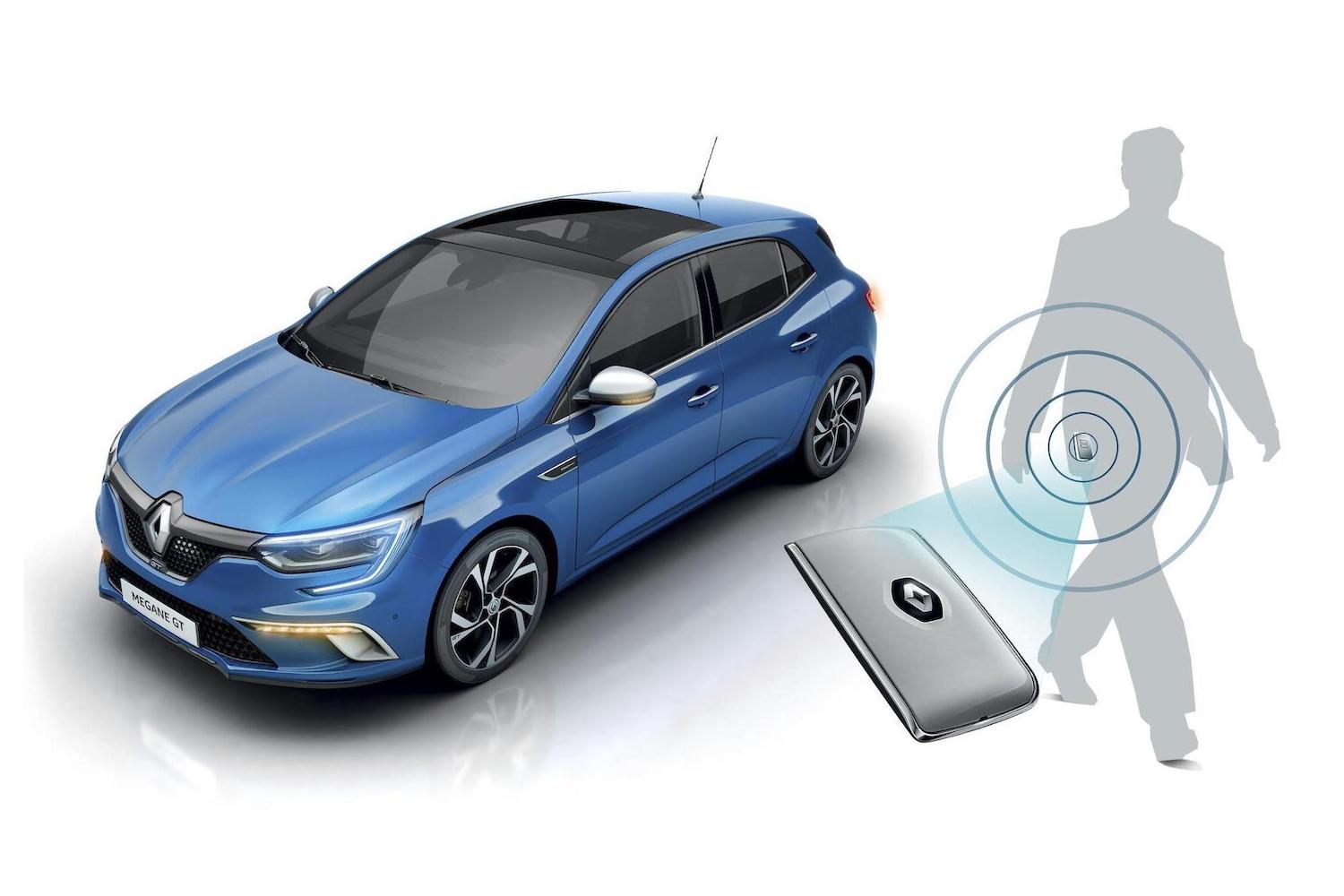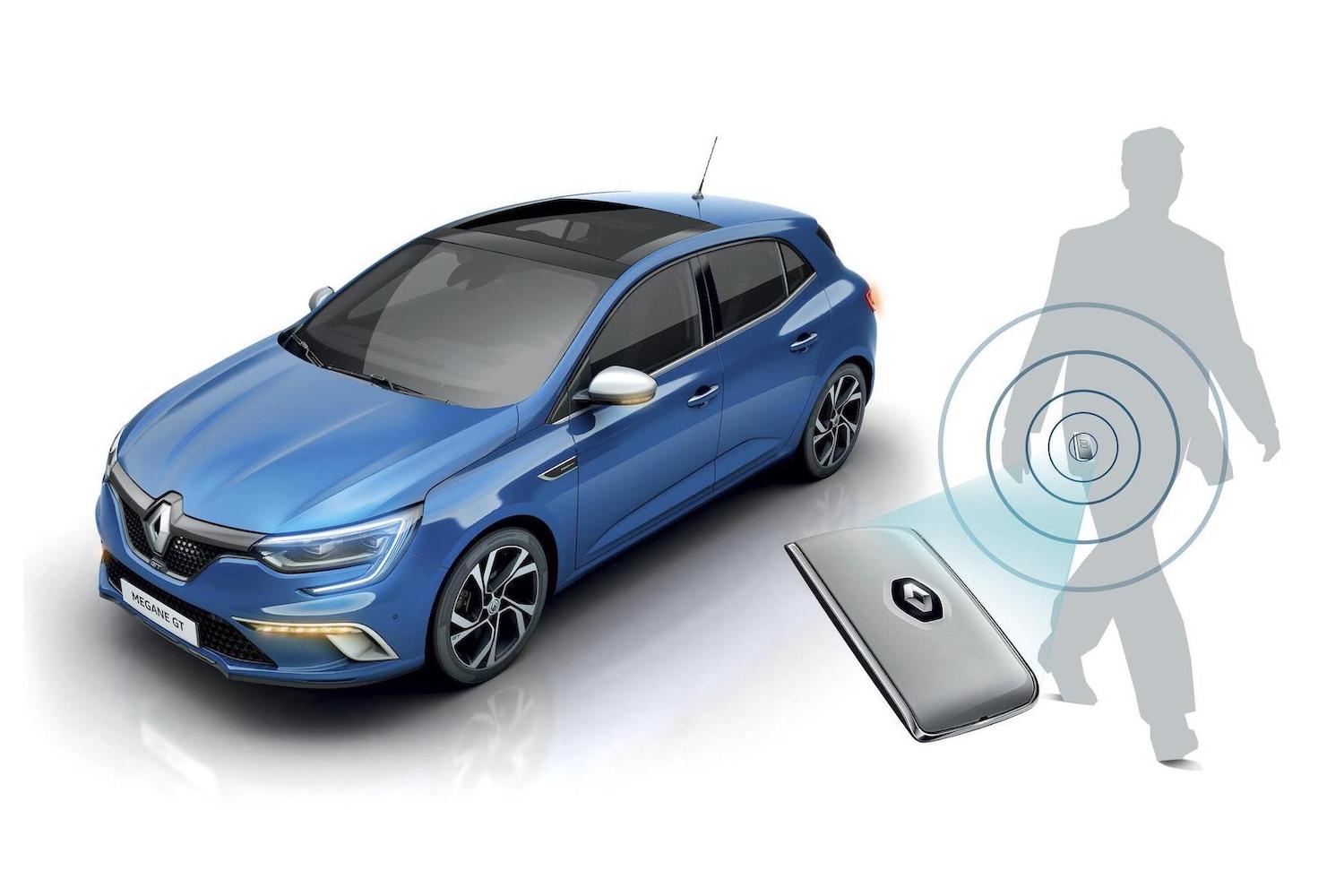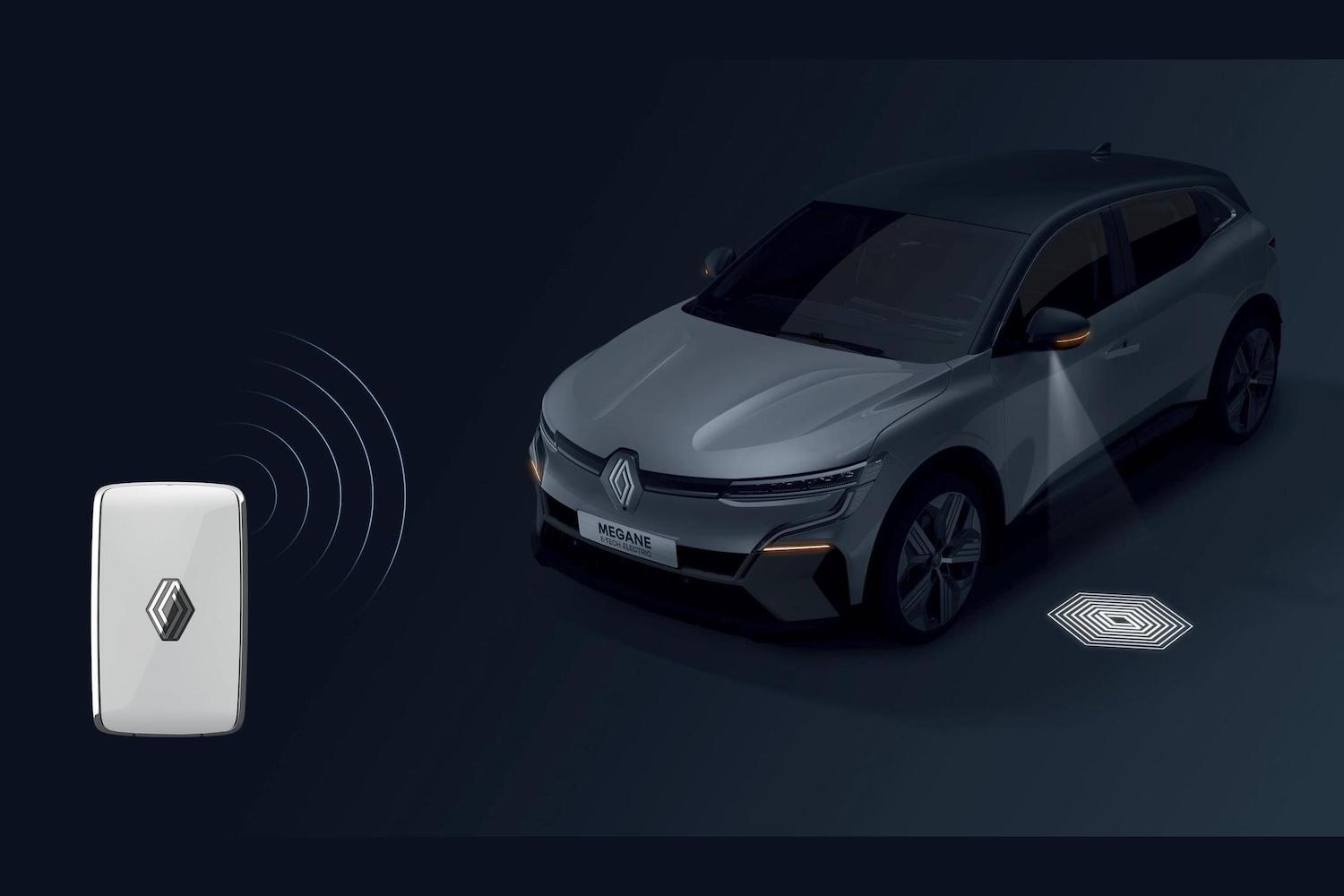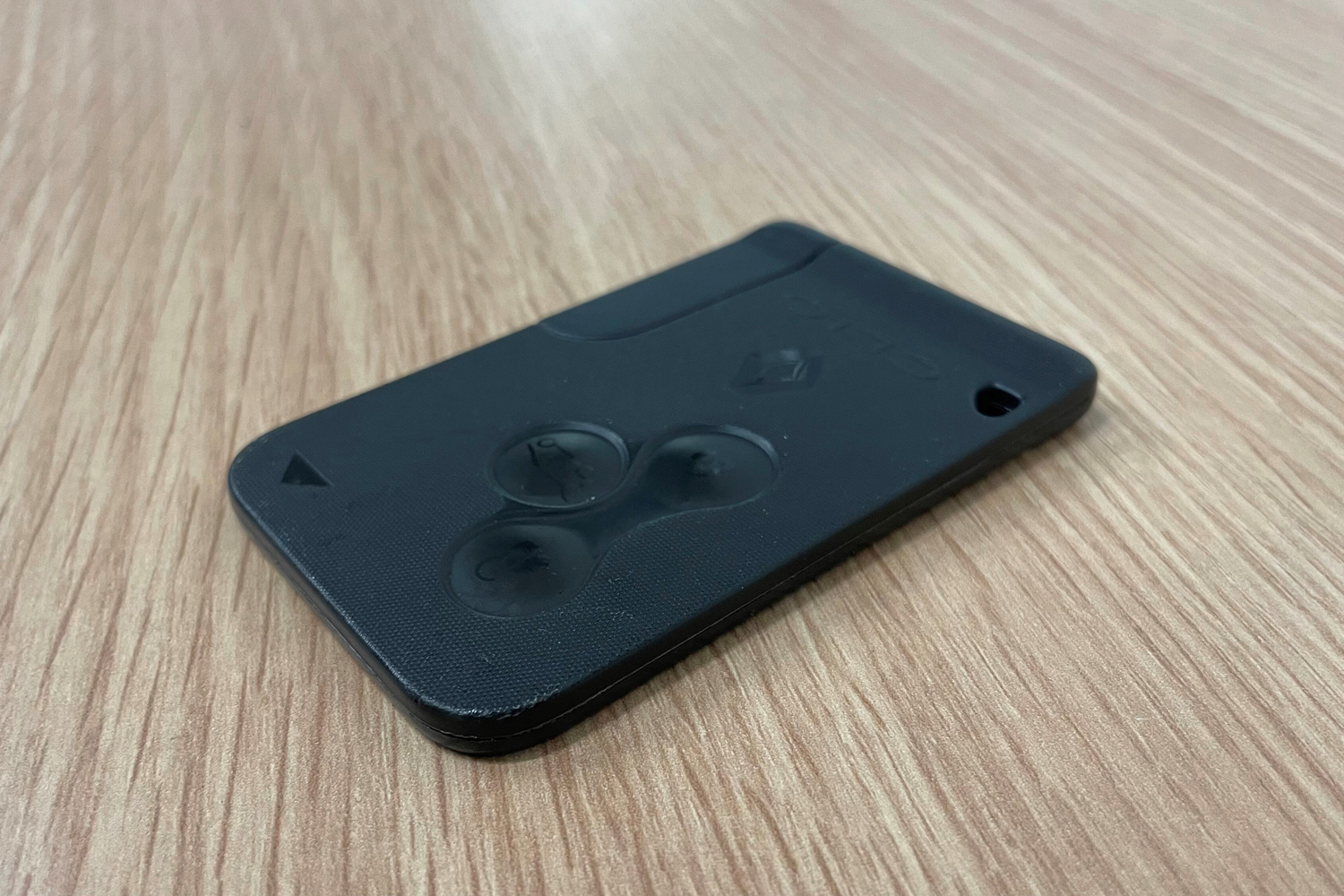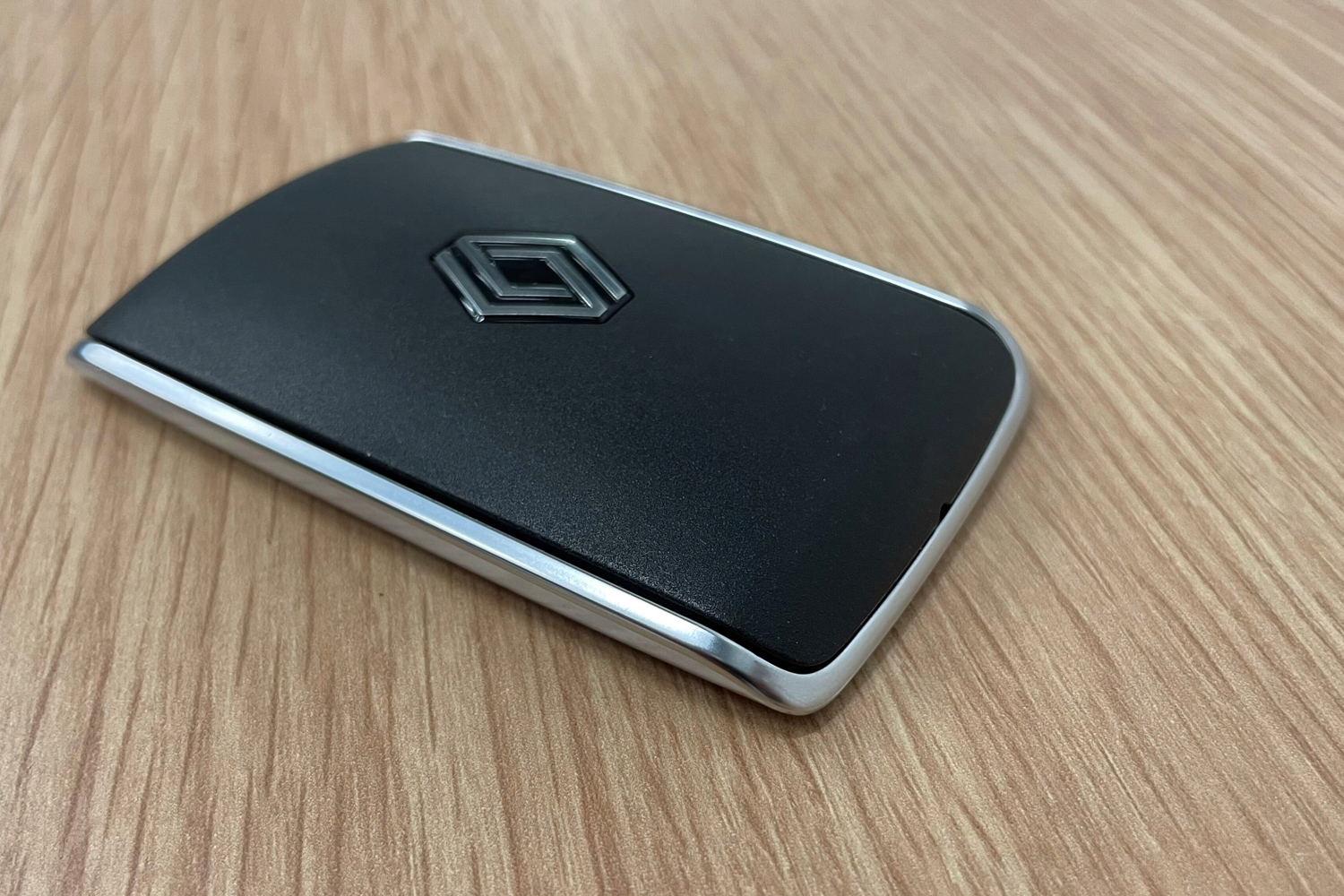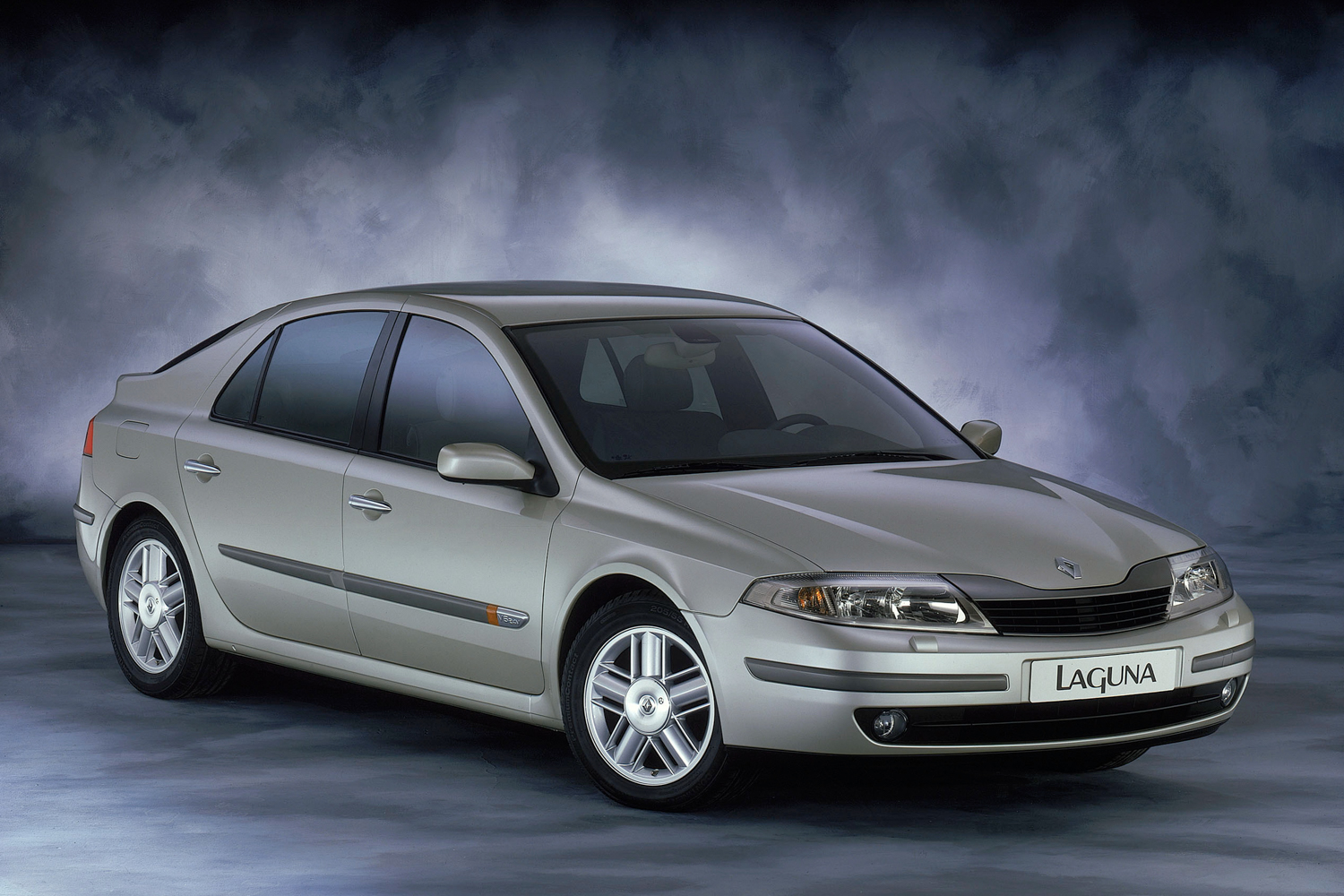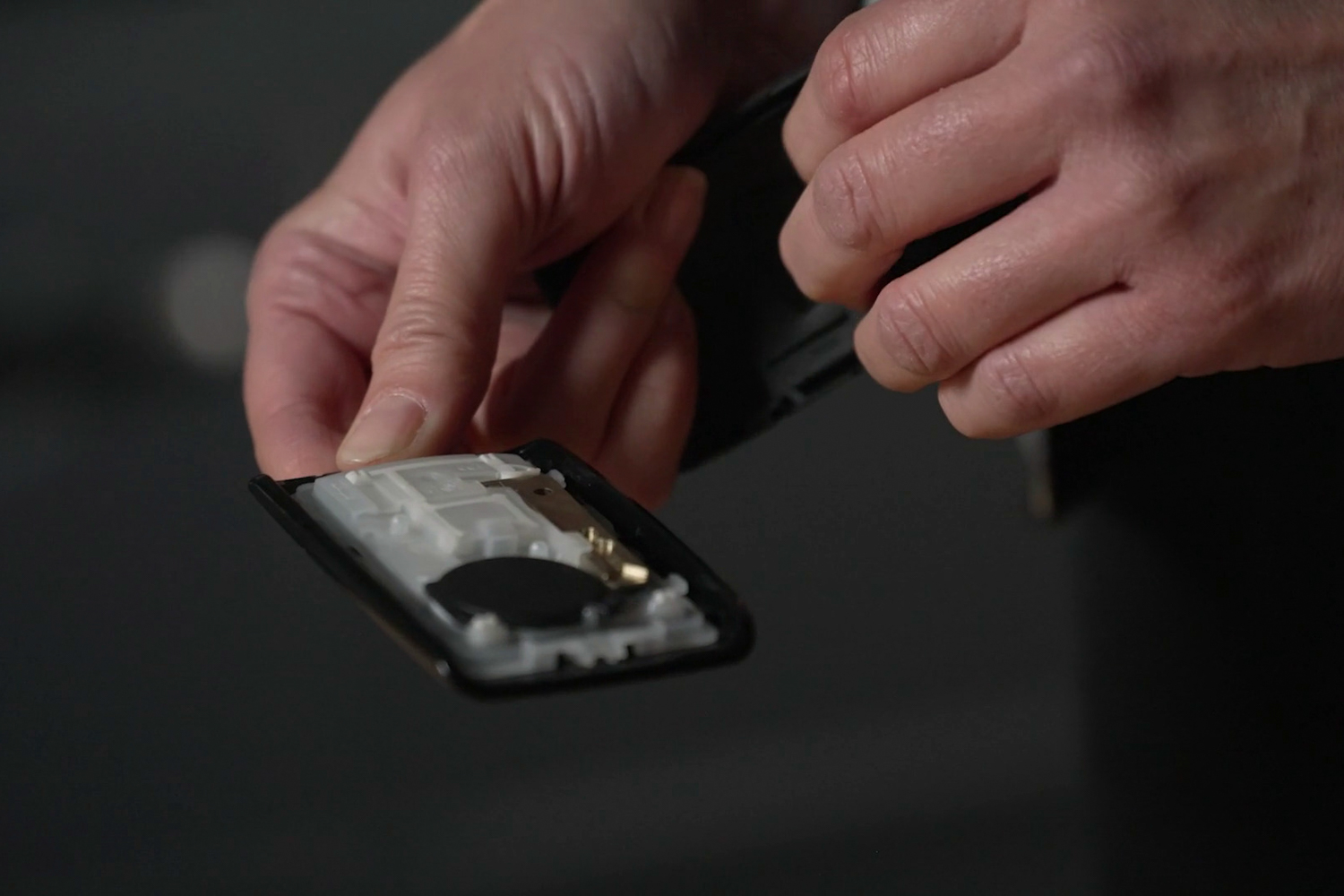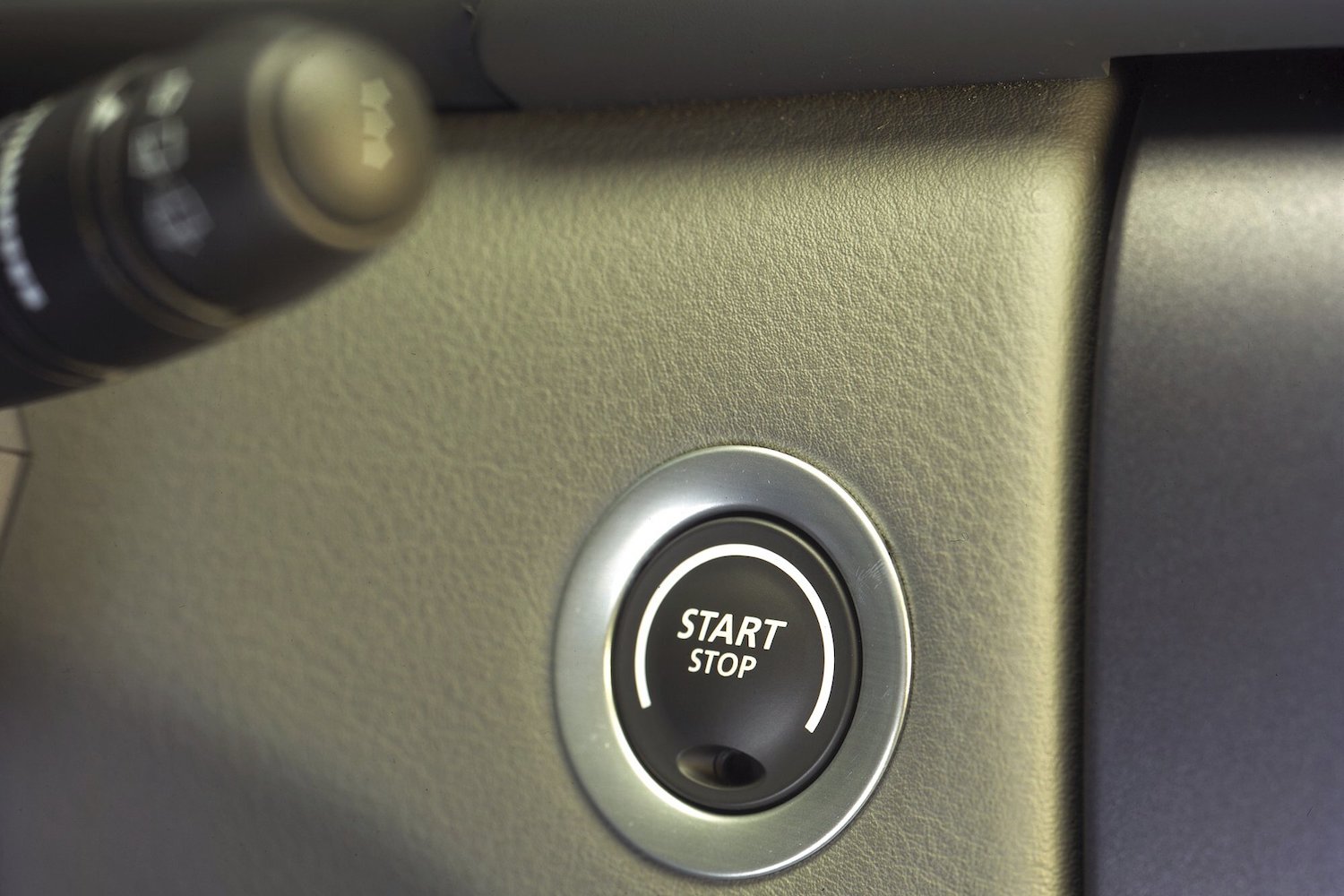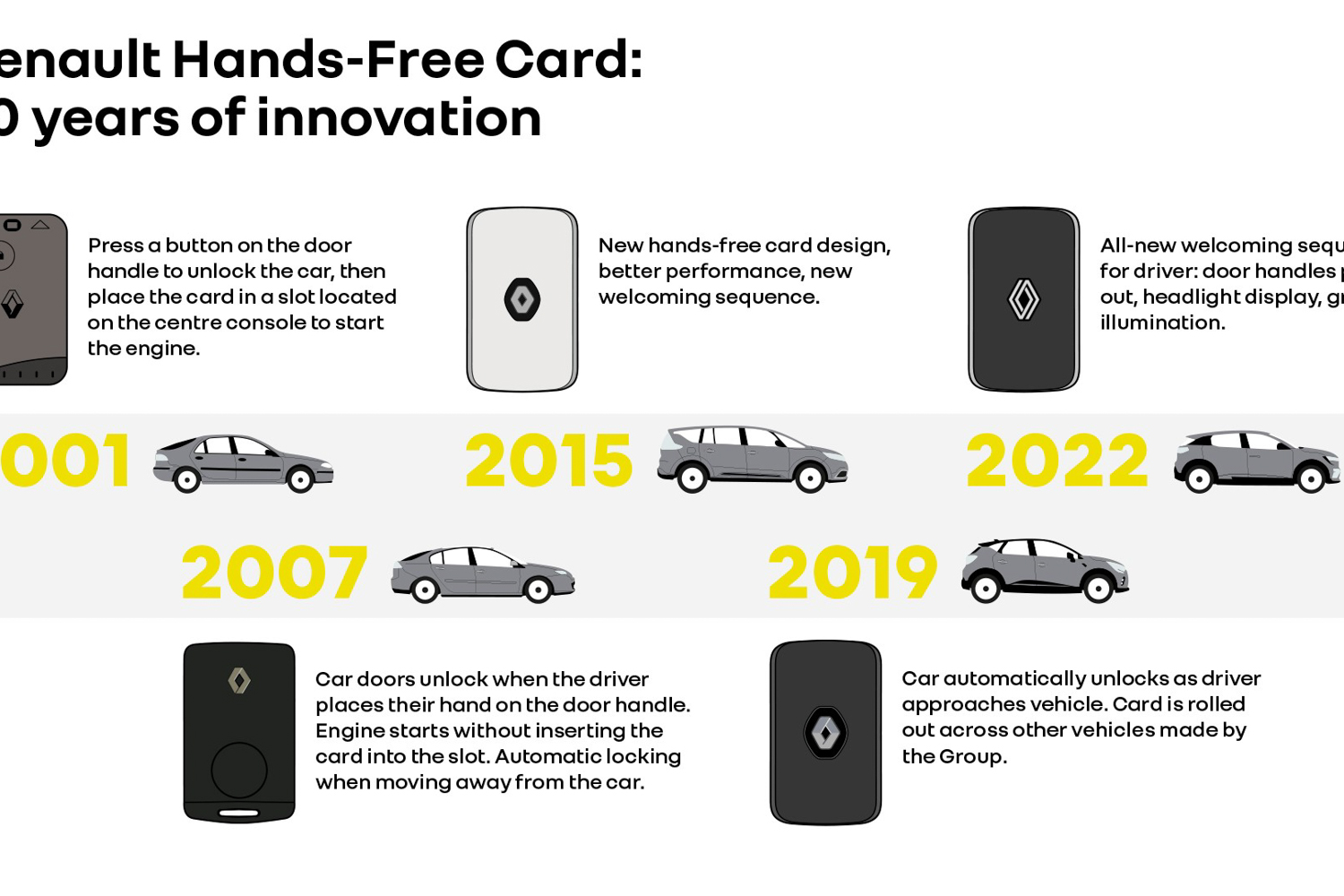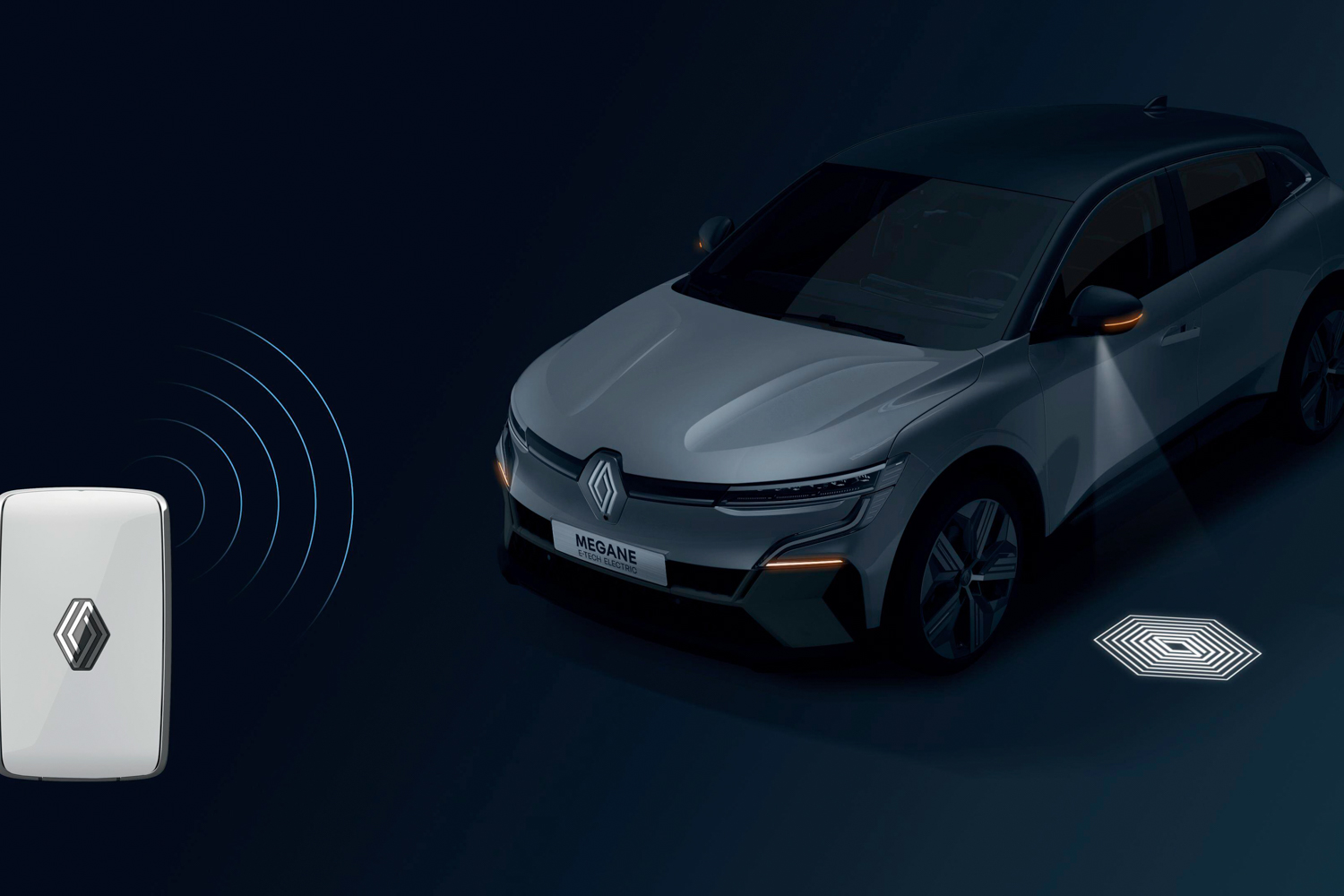The Renault Mégane E-Tech Electric, due for launch later this year, is set to feature an unlocking procedure triggered by a unique key card that unlocks the car, pops out the flush door handles and activates a lighting welcome sequence, all when the car detects the card anywhere within a short 360-degree radius of the vehicle. While this may not seem dazzlingly high-tech today, there was a time when Renault's use of hands-free key cards was seen as new and innovative.
Inspired by hotels
According to Renault, the idea began before the launch of the new Renault Laguna in 2001 when designers felt that the upcoming model was still lacking a few technical features to set it apart from its competition. When the project leader, Bernard Dumondel, was staying in a hotel in Luxembourg he hit upon the idea of using a magnetic key - like those used on hotel room doors - to open a car. The idea so impressed his bosses that they immediately agreed to adopt it for the new Laguna with the design eventually expanding to the rest of the company's range.
How it all works
The basic principle of how such a keyless-entry system works is that a series of radio transmitters and receivers located all around the car send out "pings" and, when a key card is within the vicinity of the car and receives one of these pings it sends out an access code which is received by the car, thus unlocking the doors. Renault says that one of these request and verification handshakes takes no more than 80 milliseconds - faster than the blink of an eye. When an occupant holding the key card steps out of the vehicle, the car will continue to ping the card until the card no longer responds, i.e. goes out of range, at which point the vehicle will lock its doors.
At first, the cards operated almost like any remote central locking function with the owners having to either press a button on the card or the door handle. Once inside, the card was inserted into a slot which allowed the vehicle to be started with a push-button. Renault had, indeed, been the first to market with remote central locking on its 1982 Fuego coupé model.
Teething troubles
There were, Renault says, technical challenges to overcome in the early days. The company had insufficient time to fully develop the keyless-entry system meaning that owners were plagued with glitches, such as the fact that the radio receivers were often affected by interference meaning they didn't always work. Nor were early examples particularly well able to stand up to the travails of everyday life such as ending up in the washing machine or being put in someone's back pocket and getting sat on.
Over time, the company says, it refined the design, making it stronger and more watertight and hiding an ignition key inside the card in the event of the batteries running out or there being some other problem with the operation.
Evolution
By 2007, Renault's keyless-entry had evolved into a system whereby if an occupant had the card on their person all they had to do was press a button on the door handle to unlock the car with the interior slot now gone. By 2019, versions of the system no longer even needed a driver to push a button on the door handle, the car automatically unlocking or locking the doors if it detected that the card was close or far away. Over time, a whole host of other manufacturers cottoned on to similar locking arrangements and keyless-entry is now, more or less, the industry standard.
Even with the developing potential for owners to lock and unlock cars using their phones, Renault, however, still sees a future in key cards as they remain popular. In 2021, it says, some two-thirds of its cars were optioned with key card entry meaning that its future still seems to be secure for now.

